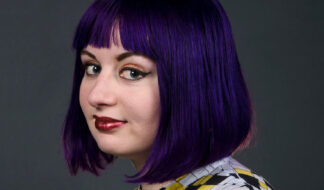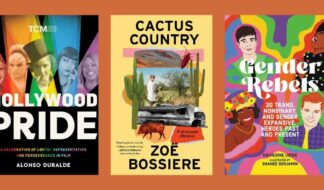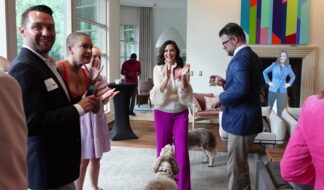How Hello Mr. Revolutionized Queer Storytelling — and Why It Wouldn’t Be What It Was Without Michigan
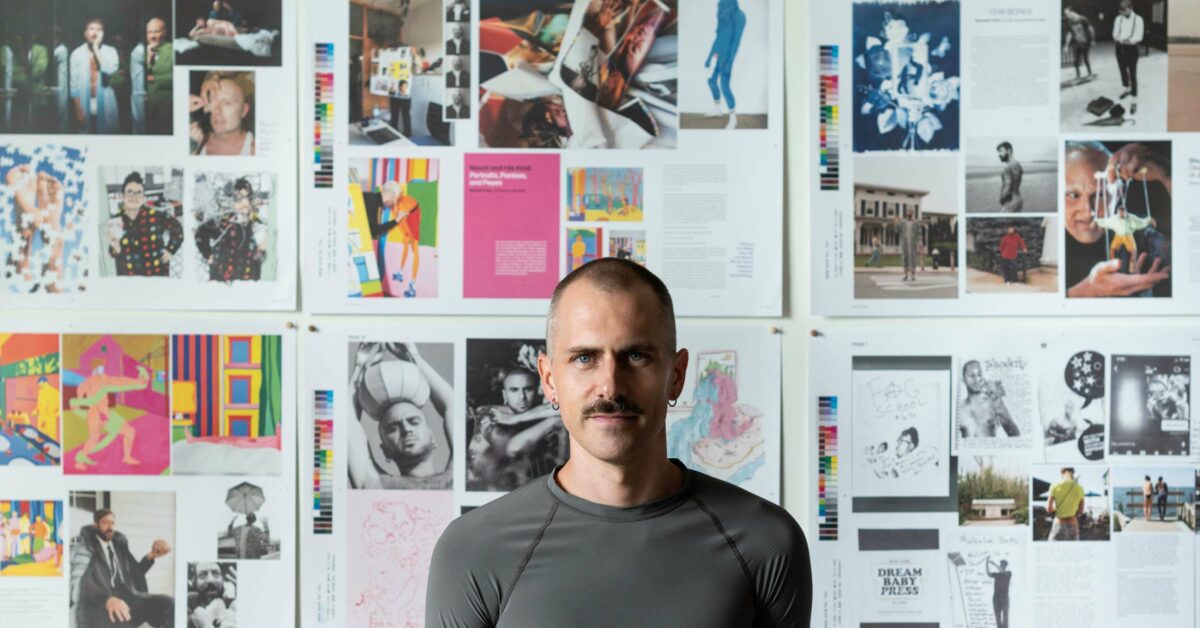
Before the current media landscape offered more explicit depictions of queer life outside of physical spaces like LGBTQ+ bars, you had Borders and you had zines, DIY publications offering non-conventional formats and more indie spirit than traditional magazines. Inside, pages of people like you were interspersed among artfully designed spreads, sometimes on luxurious-feeling stock. Zines often provided a unique sense of community and belonging not easily found in everyday life, especially to marginalized communities. Through words, photos and illustrations, zines shared counter-cultural ideas and thoughts, while also centering stories that affirmed our existence. Published from 1988 to 1991, Homocore was geared toward the punk youth of the gay underground in America. Later in the ’90s, Gutterfag reached a similar queer audience.
Many years later, the part of me that was still coming to terms with my sexuality couldn’t believe I was seeing Hello Mr. just below copies of GQ and Men’s Health on the magazine racks at Barnes & Noble in the Michigan suburbs, especially with this descriptor right on the cover: “about men who date men.” It was my first copy, but, after 10 issues published between 2013 and 2018 and nearly 65,000 Hello Mr. magazines that traveled around the world, it was almost founder and editor-in-chief Ryan Fitzgibbon’s last. At the time, I didn’t know then that Fitzgibbon was also connected to Michigan — and in ways that, it turns out, were very specific to his role at the magazine and also, now, his new book, “A Great Gay Book: Stories of Growth, Belonging & Other Queer Possibilities.”
Seeing this gorgeous anthology now, which Fitzgibbon describes in his “Hello Again” prologue as a “mirror to conceive new possibilities,” holds an added layer of significance when considering Fitzgibbon grew up in the desert of queer life in Midland. His first job was as a paperboy for the Midland Daily News. While attending H.H. Dow High School, his art teacher nurtured his interests in communication and graphic design and encouraged him to join the school newspaper. “I entered in that way — as a page designer — for the Dow High Update and that opened my eyes to the world of journalism and visual storytelling.”
Hooked on graphic design, Fitzgibbon enrolled at Grand Valley State University, earning his degree in fine arts. During his senior year, while coming out to a few select close people in his life in 2008, he also dedicated himself to a project that was personal to him: designing a book on the state of marriage equality. He says it was his “very dramatic coming out to my class and peers: ‘Look what I can do, but also here's who I am.’”
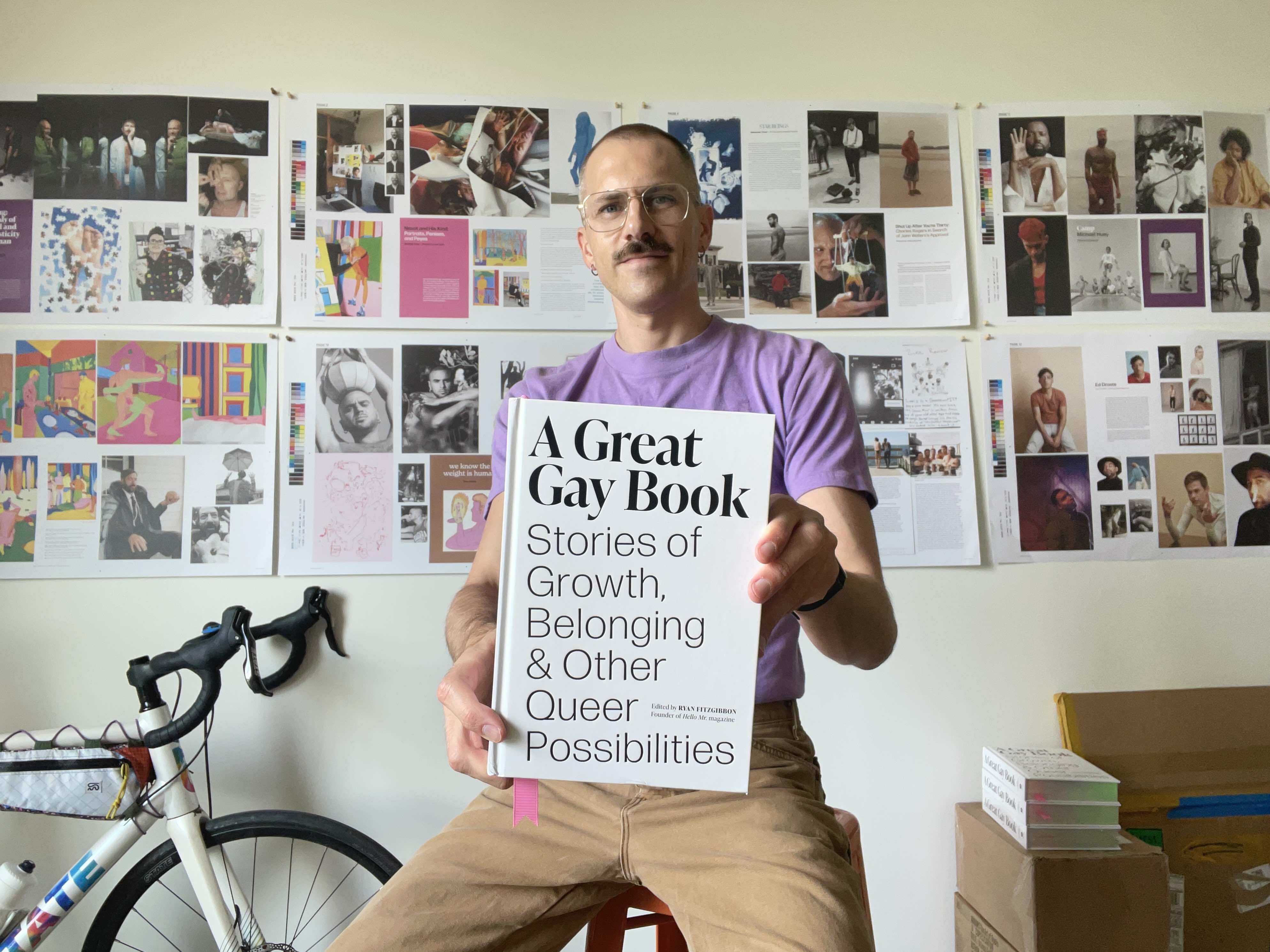
It was a brave step for someone who remembers the feeling of browsing the magazine rack’s LGBTQ+ section, shelved underneath the “Men’s Interest” section, at the Barnes & Noble in the Midland Mall. "[The magazines] were censored and shielded from visibility, and I just remember being so terrified of that section, and obviously there were warning labels all over it,” he recalls
Years later, when Fitzgibbon published his first issue of Hello Mr. in 2013, the evolution for queer visibility was apparent right there on those shelves. And now, through his own publication, Fitzgibbon was able to experience the shift firsthand. “Flash forward to Hello Mr. being distributed and available in Barnes & Nobles, a full-circle moment to have that on shelves, and ‘LGBT Interests’ had moved up the ranks and we were sitting very proudly next to the magazines that I mentioned.”
Emails and DMs poured in from queer readers like me excited to grab a copy of Hello Mr., none of which he took for granted. But a particularly special moment arrived when Fitzgibbon’s parents walked into that Barnes & Noble in Midland and sent a photo to him of them at the store grabbing their very own issue. For Fitzgibbon, it was all “pretty surreal.”
When Hello Mr. launched, many of the authors featured in the book hadn’t even been published yet. Poet Ocean Voung, for instance, was still years away from releasing his 2022 book “On Earth We’re Briefly Gorgeous.” “It was really a place for a lot of queer creatives to kind of sharpen their teeth and get some of their early work published,” Fitzgibbon says. “Yes, print was dying, but there was still this resurgence of indie magazines happening in 2012 to 2015 and beyond. I think there's still niche beautiful publications coming out every year, but [I was at the] beginning of that wave of change of guards in the big publishing media companies and realizing, ‘Oh, we need to change how we're doing things and maybe stop putting straight people on our covers promoting abdominals and expensive resort vacations.' I intentionally tried to subvert that with just matte paper, for example. A tactile, more journal aesthetic that sits on a coffee table but that isn't disposable and doesn't only have this kind of glossy, glitzy West Coast and East Coast focus.”
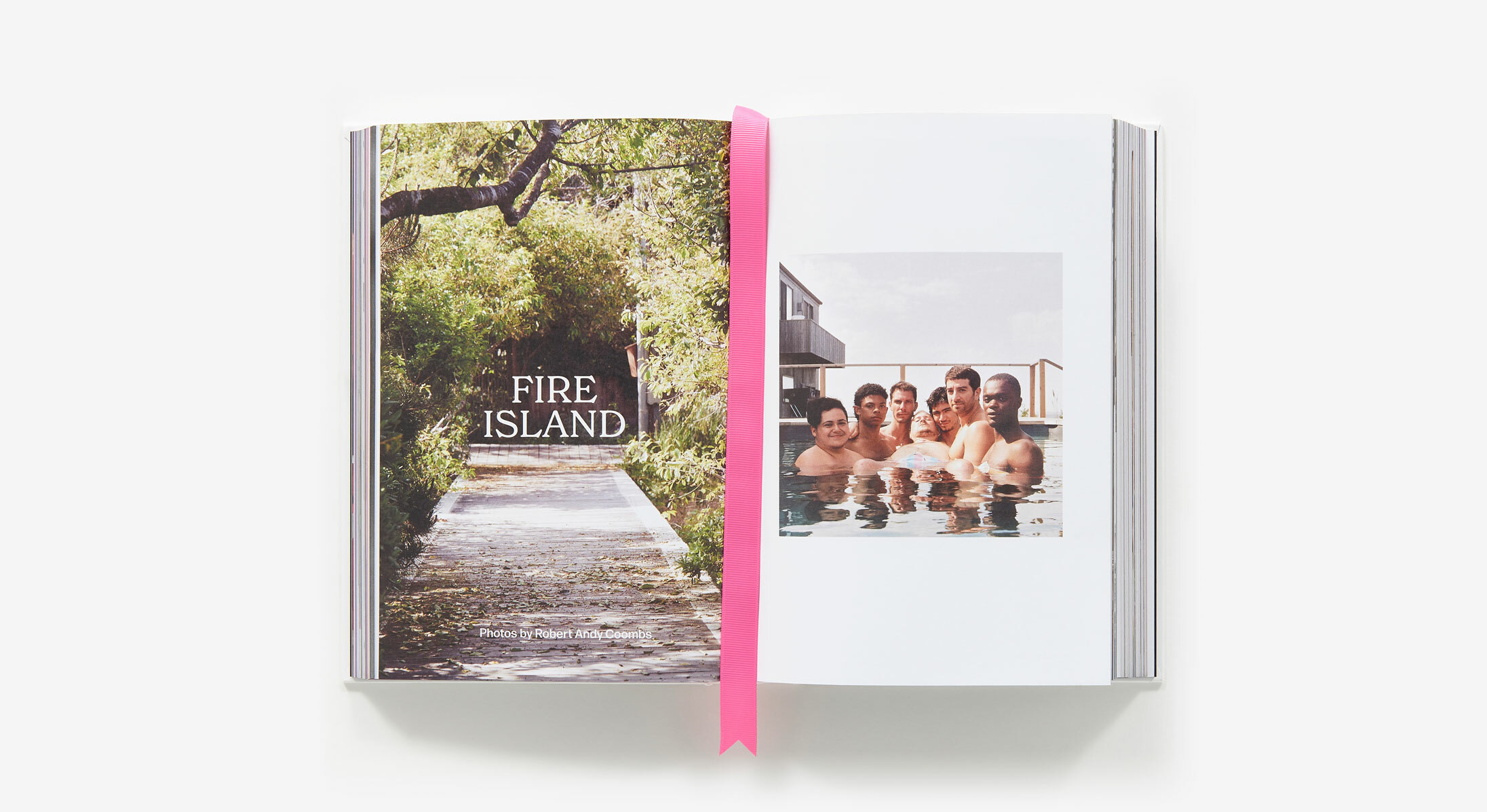
You might say his subversion of queer norms feels rooted in something a little more Midwestern — after all, Michigan is definitely less glossy, more matte.
Perhaps H. H. Dow and Grand Valley had more to do with Hello Mr. than anyone ever thought, though Fitzgibbon himself has considered how “living in different places, but also knowing what it feels like to not have community growing up nearby” shaped the stories that ended up shaping our community. In 2020, he returned to the one that he was initially a part of, that couldn’t give him quite what he needed as a queer person. During the beginning of the pandemic, when he moved back to Michigan to live with his parents, who are now just outside of Midland, he had already began moving on from Hello Mr. to, as he writes in the book, “focus on my own growth,”
“I was proud of the role Hello Mr. played, and trusted that the impact of the 10 issues published would continue to be felt,” he adds, estimating that he had published about 600 pieces of content. (During our conversation, I tell him that I’ve held onto my one issue of Hello Mr., proudly among some of my favorite works in my office, whereas I’ve long retired all of my past issues of GQ.)
After living in places like San Francisco (his first place in South of Market was near where Up Your Alley, a leather and kink fest, is held), Chicago (his first Pride), Singapore (a “real accelerator” for him in witnessing a global community of queerness) and New York (where he struggled to keep Hello Mr. going), being back in Michigan for a little over a year, far from any leather or kink, felt “more disconnected and rural.” It hit him how away from home in many ways he truly felt. “Having that physical community in spaces,” he says, “was lacking.”
“There are a lot of reasons why Hello Mr. was made the way that it was and was in print, so it could be tangible, so it could be visible so that we could have intimate reading experiences,” he says.
“A Great Gay Book” represents a lot of change and growth beyond Fitzgibbon’s own. When it comes to the artists who initially contributed to Hello Mr. years ago, “there were people who had gotten divorced and we'd published them as a married couple. Unfortunately, a couple of people are now deceased. Personal growth. Career changes. [I was] honoring and trying to be really respectful of where people are at now and wanting to celebrate the legacy and move it into a conversation that can still inspire in the future.”
These aren’t the only changes that Fitzgibbon, who has spent the last four years living in Tulsa, faced — there is, of course, our often-frightening dilemma of being LGBTQ+ in 2024. “Censorship and legislation are threatening our livelihood and the livelihood of the most vulnerable Black, Brown and trans folks in our community,” he says. “Things that have this much volume and presence and have the distribution power of a publisher — it really was truly such a gift to be able to take a lot of a decade of my life and these stories that are all part of that journey of creating a queer magazine and packaging it in such a way that's kind of hard to deny. I mean, it has such a weight to it that it really leaves no questions.”


